Overlanding: Let's go to the desert!
My brother-in-law Dan called me up and said: “Let’s go to the desert!” I grew up in the desert and miss it a lot, so I jumped at the chance.
Dan had been customizing his Nissan X-Terra over the course of many years to make it an ideal overlanding vehicle. The trouble is, on one of his scheduled upgrades the shop where he was having work done burned down, with the X-Terra in it. It was a total loss. Frustration and grief are prime motivators: Within a short time, Dan had purchased a classic Land Rover Discovery, and really put the pedal to the floor to get it finished just the way he wanted it. Within a couple months it was time to take it on its inaugural journey.
For a long time, Dan had wanted to drive the Mojave Road, an old wagon trail that basically links the Colorado River near Bullhead City, Arizona to Barstow, California. It’s 133 miles of unmaintained gravel road, dry arroyos, and tens of thousands of Joshua Trees. There are old abandoned forts and homesteads, First Nation sites, desert springs, lava tubes, slot canyons, and endless vistas. We set out from La Jolla, CA and were on our way.
One of the first things we needed to do was to get our Ignik Gas Growler Deluxe filled with propane. We were somewhat at a loss as to how to do this, so we used the Google machine on our smart phones to look for a spot. Dozens of sites nearby popped up on the map, and – in fact – there was a propane station at the next exit. We pulled in and got a fill-up. The attendant was really sorry, but the minimum charge was $5, and we’d only purchased about $2 in propane. “Keep the change,” Dan said as he handed him a fiver. “That’s amazing,” Dan said as we were driving away, ”That’d be almost $30 worth of propane in those green canisters.”
A few hours later, we were at our starting point on the Colorado River. Dan was excited to get his rig on the rougher roads, so though the sun was setting we headed in and drove a few miles, pitching camp at just about dark.

Most people assume that the desert is hot, and during the daytime in the summer it often is. But other times of year - such as early November when we were there - it can get really cold, particularly if there’s wind, and there was. The Santa Anas had been causing all kinds of problems, and they came in fierce that night as we were cooking dinner. That first night, the tent folded over again and again as the wind flattened it down. It was hard to get good rest, with the top of the tent slamming our faces as we tried to sleep.

The next morning we got up and made a big breakfast, and drank an enormous pot of coffee, and then we were off. The desert goes by quickly, when the roads are good and smooth. But there were also a lot of rough patches of four-wheel drive work to do. We expected that we may need to use the winch to get through sections, but the Land Rover is a pretty amazing vehicle. I grew up driving all kinds of four-wheel-drive rigs, so I was impressed with the smooth power of this luxury beast. If you have the opportunity, I highly recommend picking one up. (In fact, I spent a portion of our drive back to San Diego browsing Land Rovers for sale; then, reality set in but I still daydream about it…)
One of our best camps came the second night, as we took a side trip up to the New York Mountains. This Seussian landscape of granite towers and towering pines rests at 7,500 feet. This is really high desert, and it was both cold and windy when we got there. On our second night, we pitched the tent a bit better, and added some lines to help prevent the tent from collapsing around us in the wind. We stayed warm with our portable fire-pit, but it took a lot of wind to keep the heat up when the wind was gusting so hard. We cooked a big dinner of home-made beef stew (from scratch), and called it an early night.
One of the things we were eager to try were the Ignik Air Activated Sleeping Bag Warmers we had brought along. It was below freezing, and the wind howled. I put my warmers in my bag well before bedtime, one at my feet and another at about where my kidneys would be. I wasn’t quite prepared however for the luxurious warmth awaiting me as I crawled into my bag. It was like being at the optimal distance from my fireplace at home, all night. My whole body was warm, not just the areas where I had put the warmers. The next morning, I woke up refreshed, and it was a good thing: The Santa Ana winds had stopped. I resealed the warmers into their bags so that I could use them again at the next camp, and went out and hiked around in this strange and beautiful landscape.

Our third day provided a lot of distance, and a lot of adventures. There were abandoned structures to explore, side trips to First Nation sites, and here and there a bit of whimsy, like this bedazzled and mysterious mailbox in the middle of nowhere…

That night we drove through a lunar landscape almost devoid of vegetation. There was a small caldera at one time, and it created a landscape bleak and black with lava rocks. We had fun going down into the lava tubes with our headlamps. Occasionally, the tubes broke through from above to become skylights for the Stygian terrain below.


The last day required a lot of route-finding as we made our way down into more populated areas near Barstow. The entrance to the Mojave Road from this end was accessible for people doing day-trips from town, so roads cut across the desert every which way. Many of these dead-ended, or head off into another direction so more than once we had to double-back. The sand was heavy and we needed to keep the pedal down or risk sinking into our axles, in some spots. By the time we made it to a salt flat – an old dried-up lake – we knew we were close to our exit.

We made one last side-trip to see a slot canyon that caught our attention. I’d been in plenty of them in Southern Utah, but this one was different. You could call the walls “sandstone,” but the emphasis was more on “sand” than “stone.” In fact, these seemed like slot canyons made out of mud. Here and there, we found hollowed out “chimneys,” where water had cut a through the cliff wall, and escaped at the bottom of the canyon. These were fun to go inside and see what was there.
The Mojave Road had one last surprise for us at the exit, when we got to the Mojave River. It was at the end of the dry season, so we expected an easy crossing. But the water was DEEP, and COLD. Dan waded into it and found that there were deep ruts where wheels had cut through the mud, and the water almost went up to the middle of his chest. Dan’s a big guy, so that’s pretty deep. We decided that we shouldn’t attempt a crossing without another vehicle there to pull us out if we got into trouble. That required us to back-track about thirty miles to the last exit we had passed, but – you know – that was fine with us…

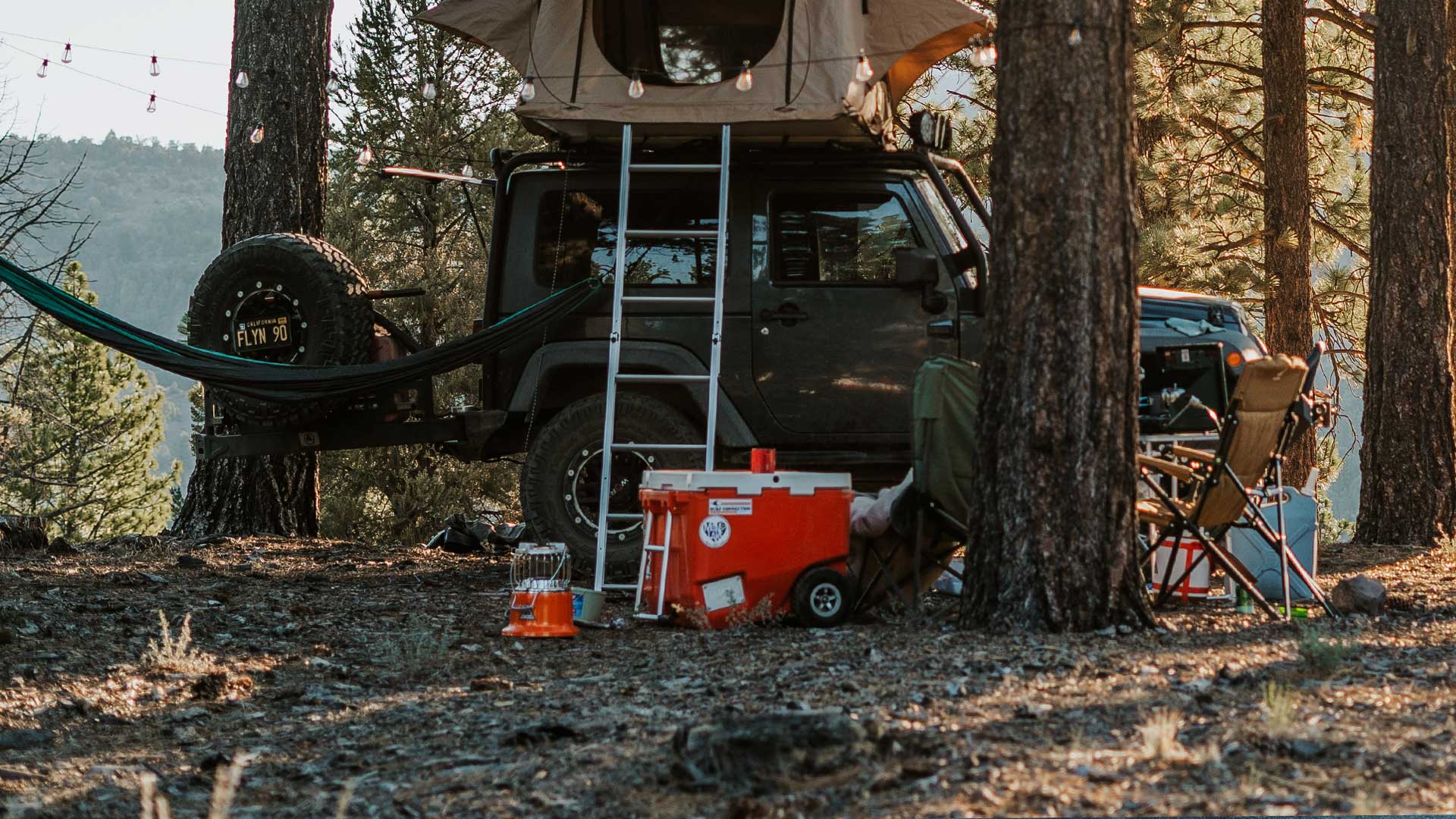
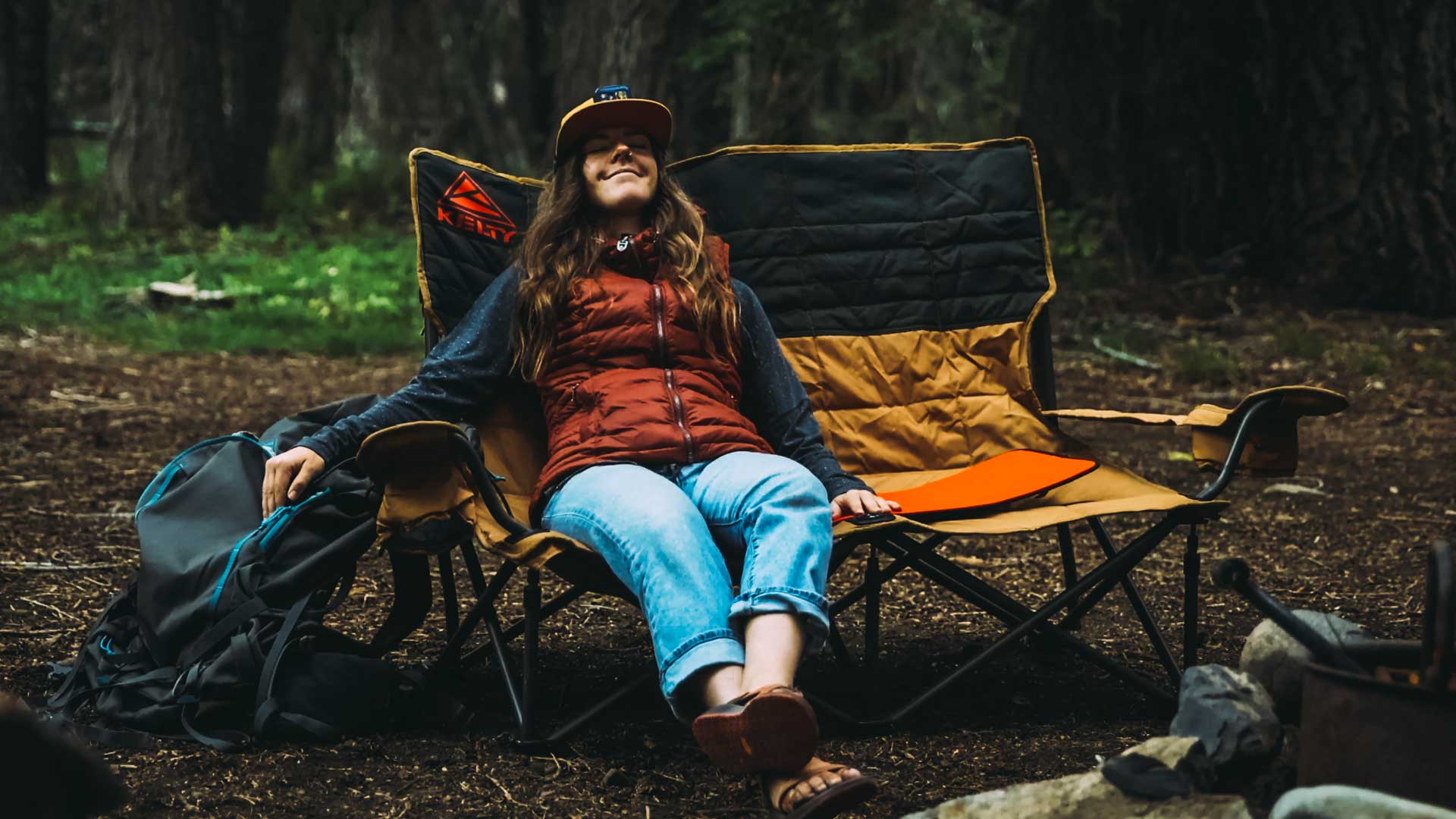
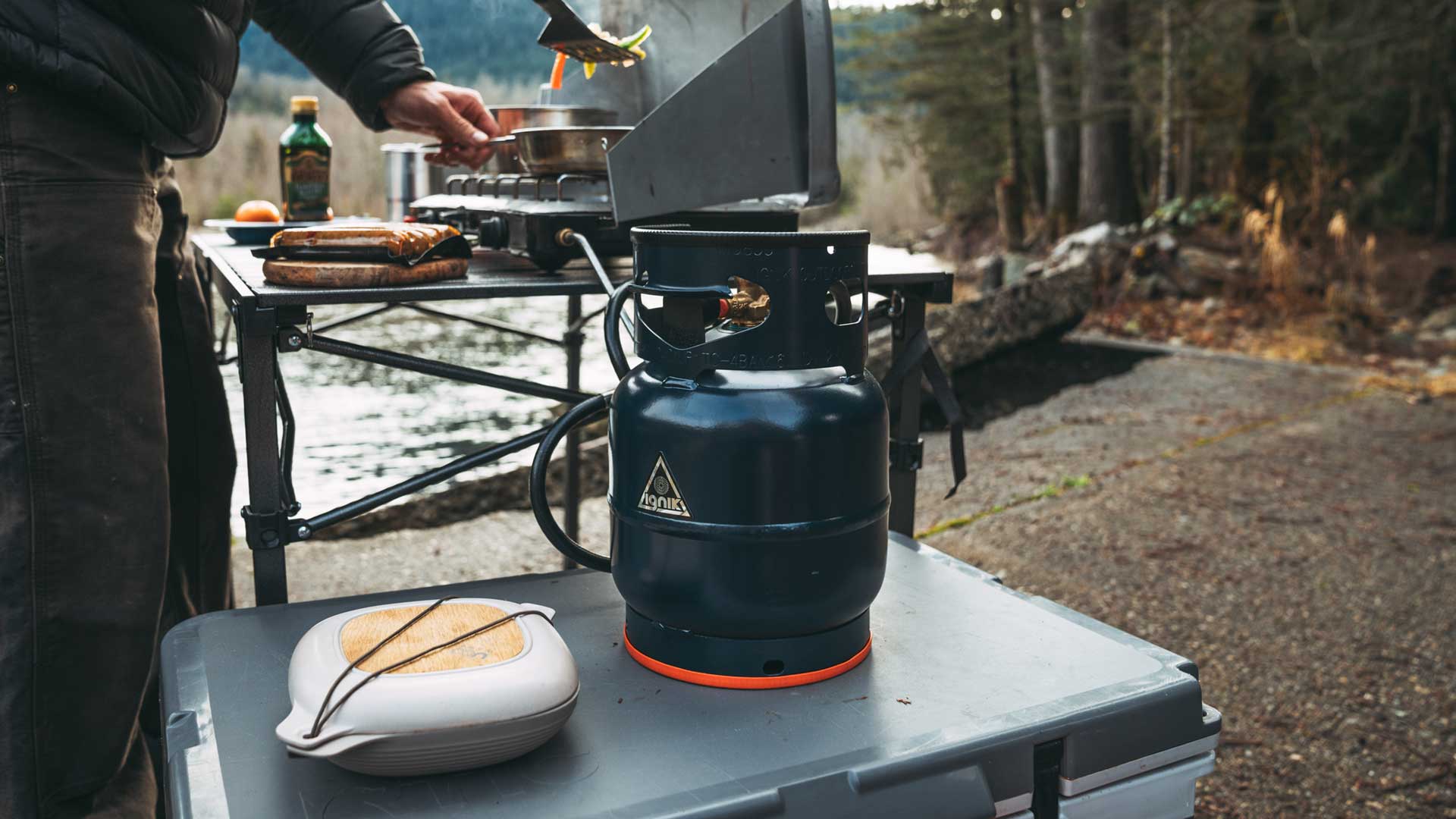
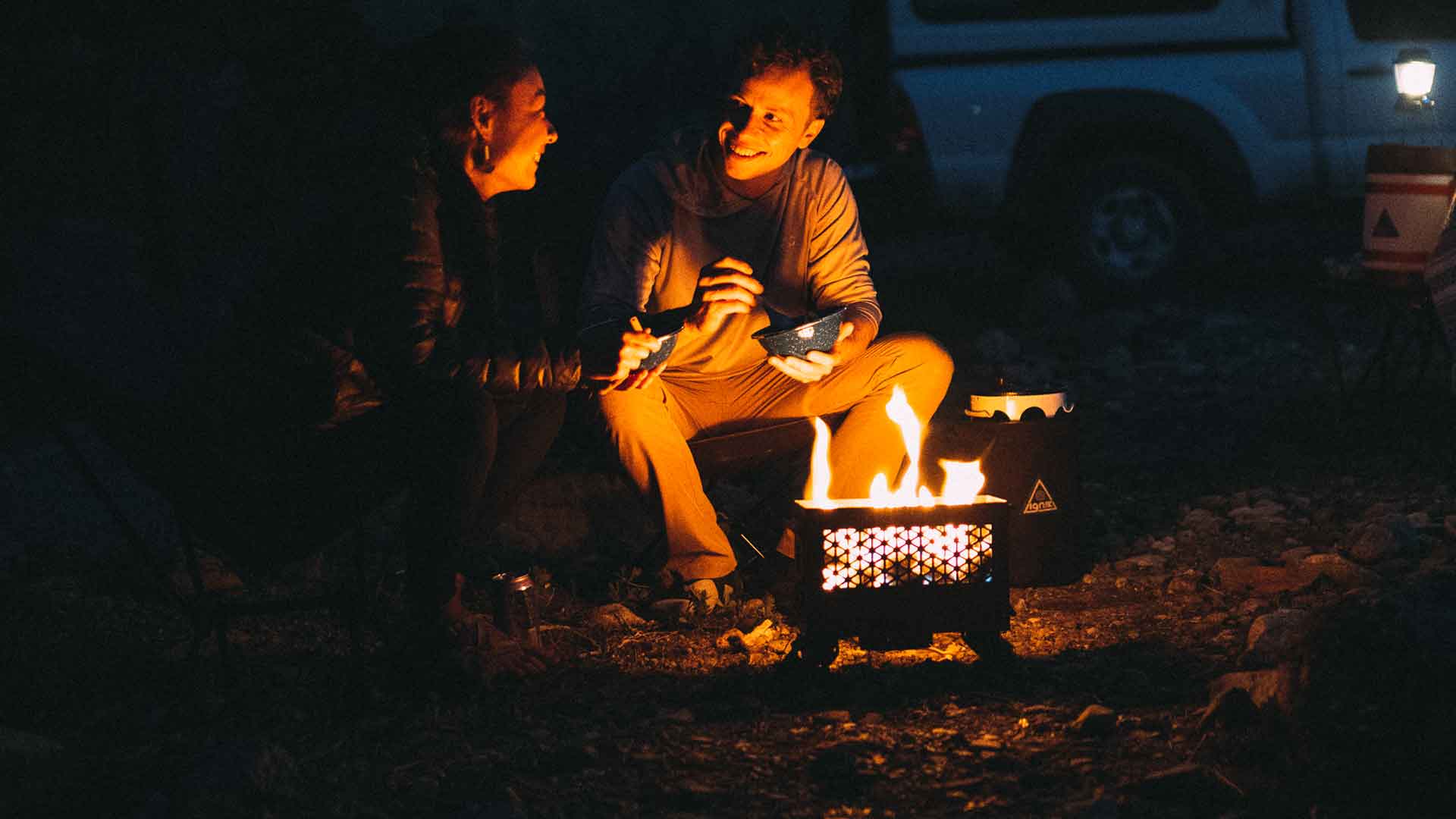
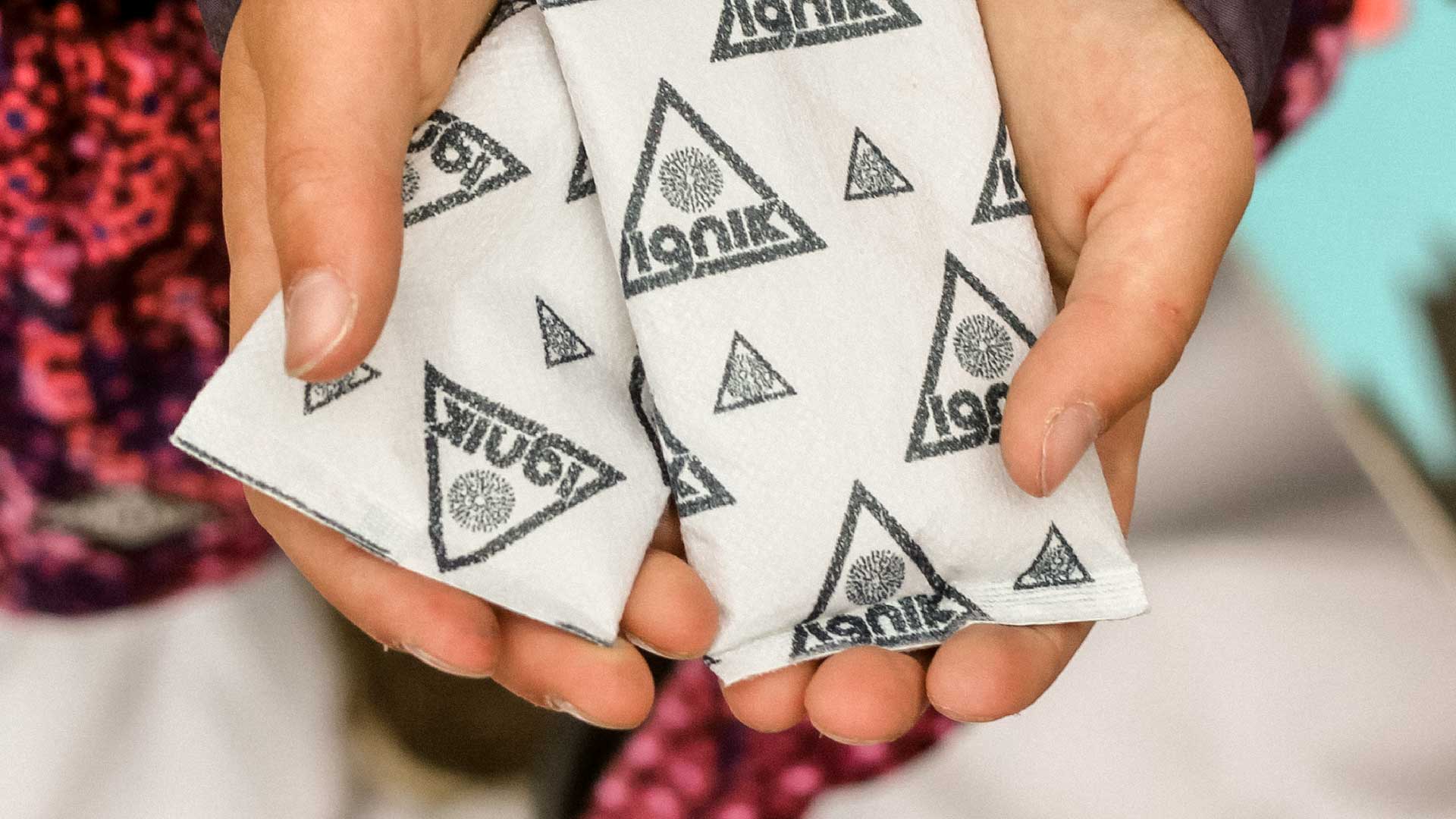
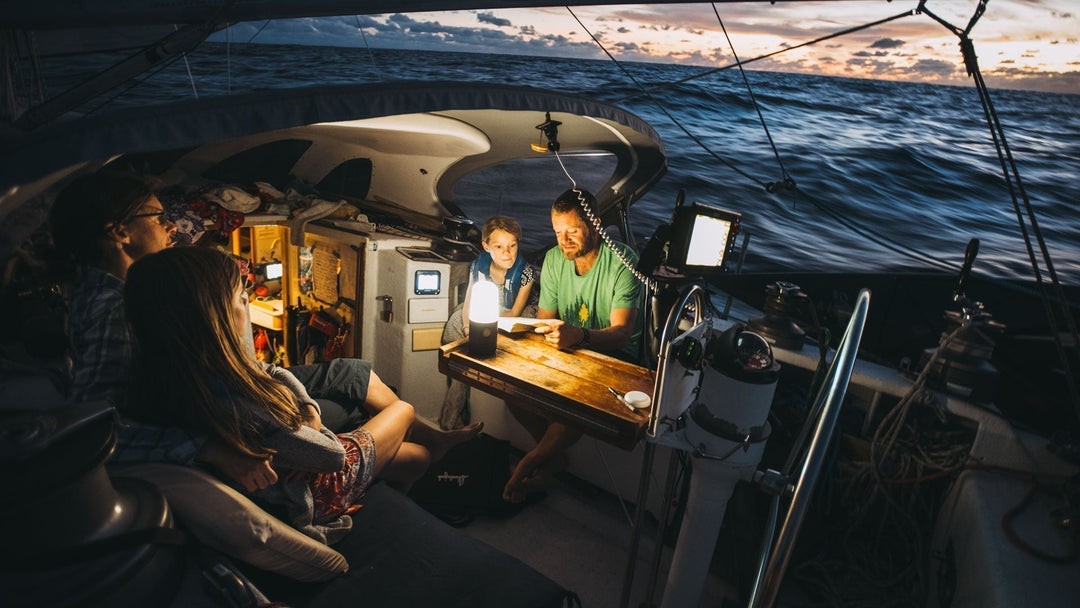
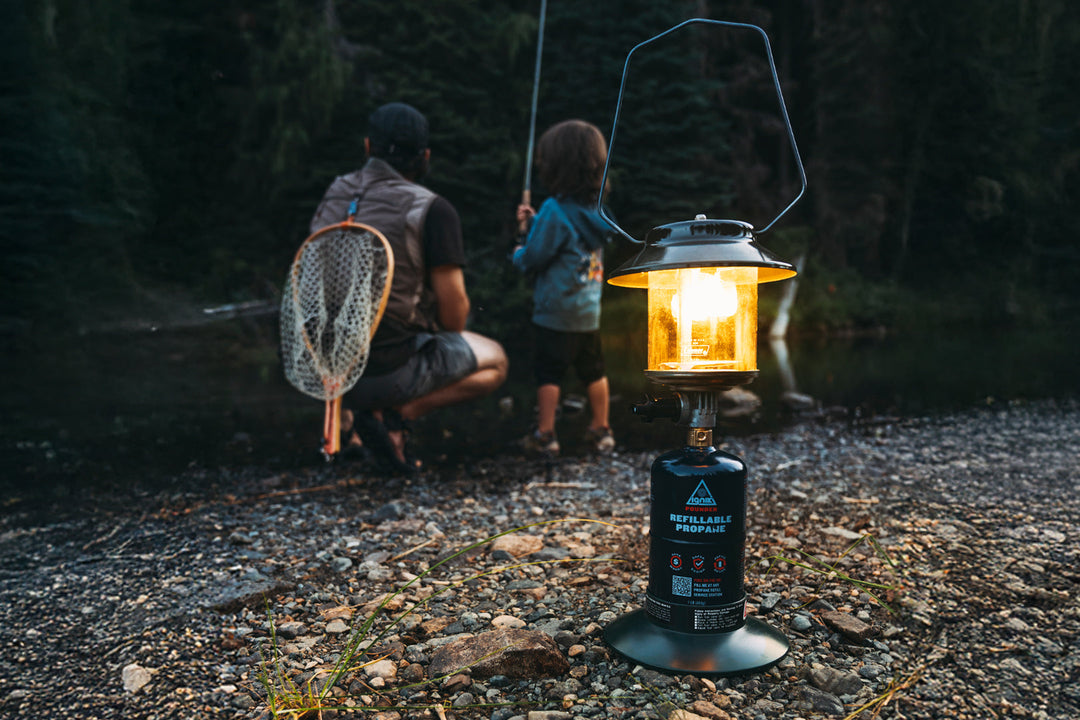
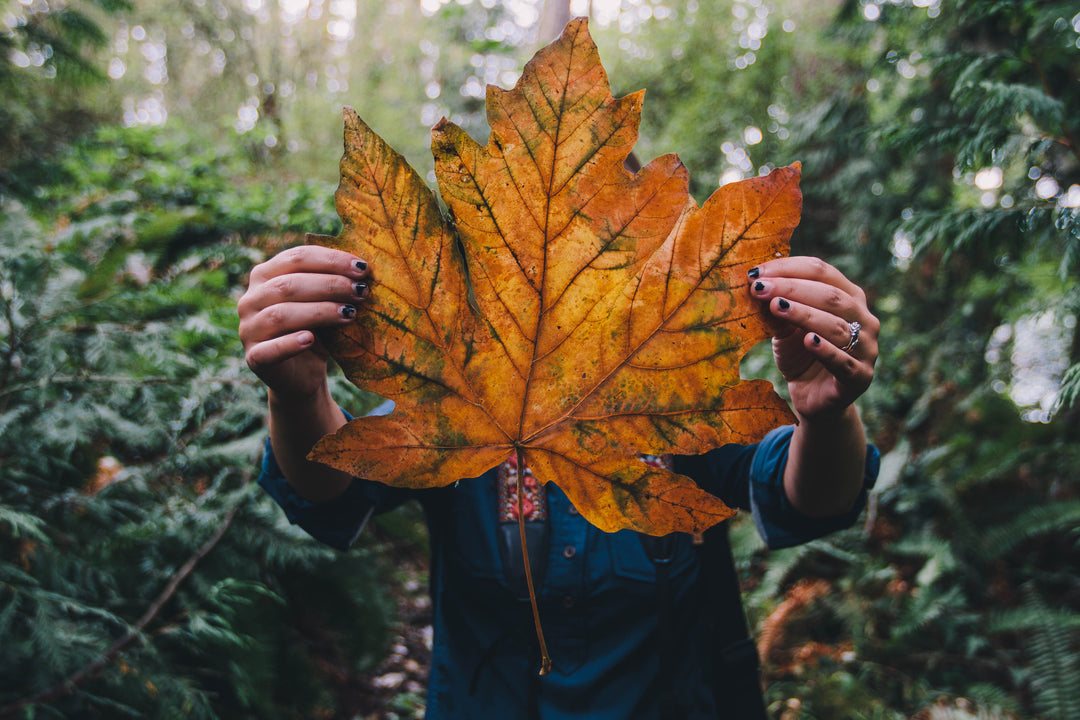
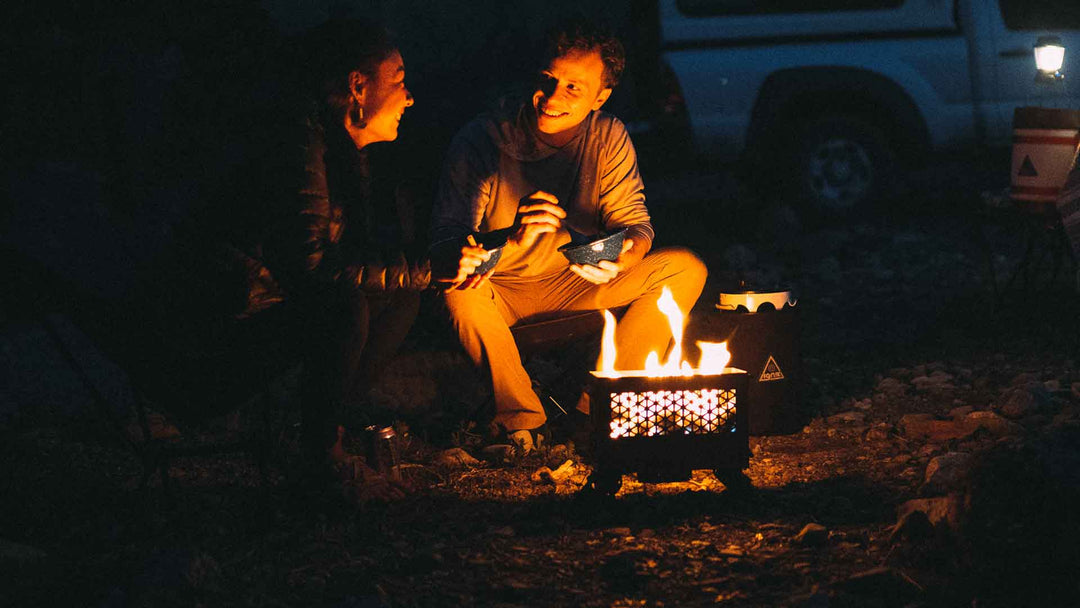
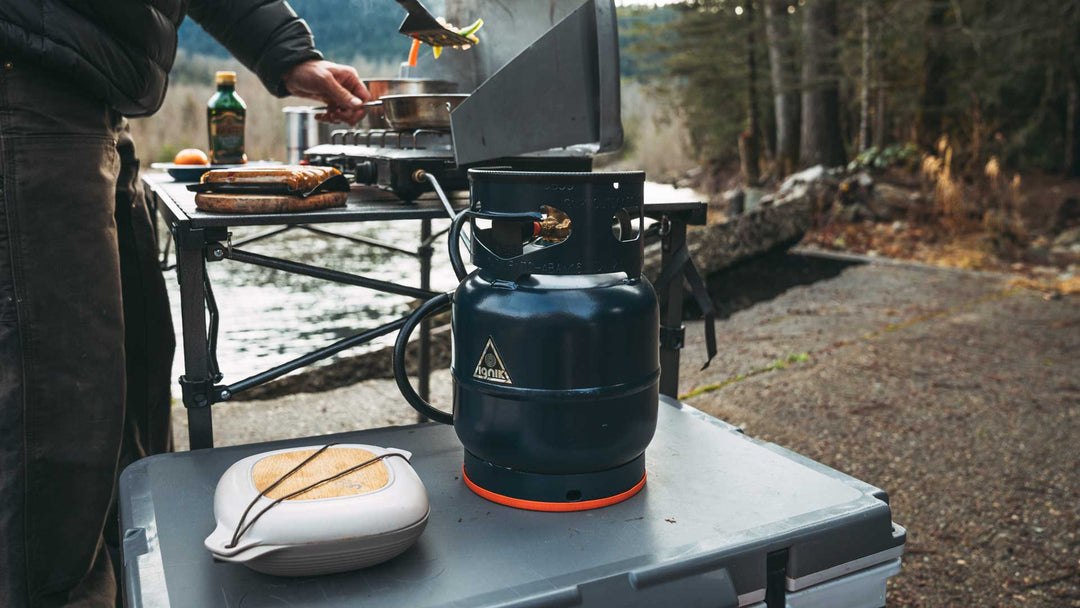
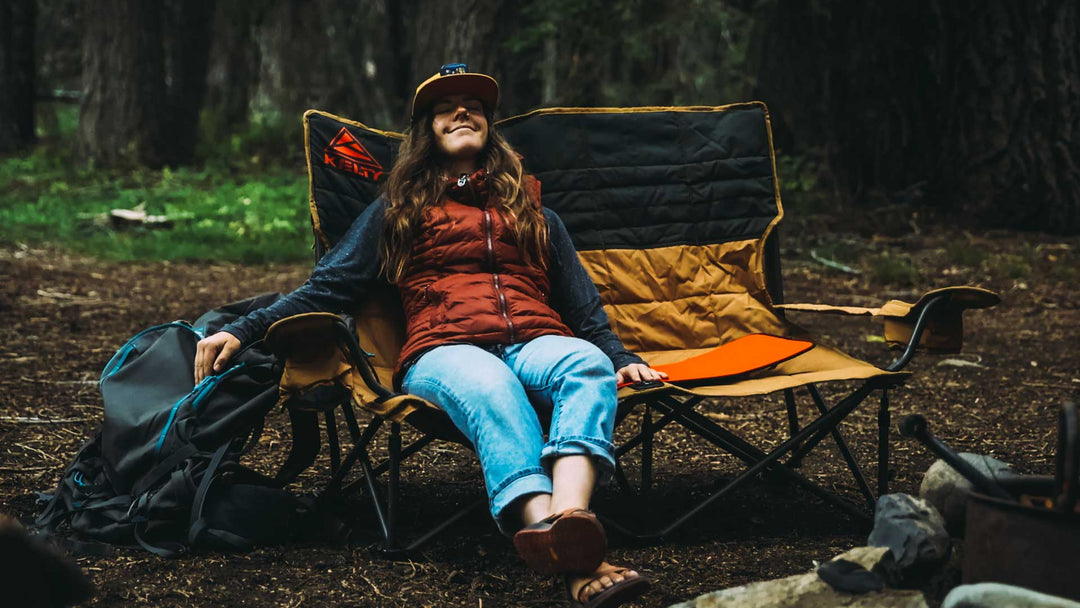
That’s an awesome story! Bummer about the xterra, but I’m a sucker for a well built D2. Good to see y’all got out and assessed the water crossing too; too many folks fail to realize how important that is until it’s too late.
Leave a comment